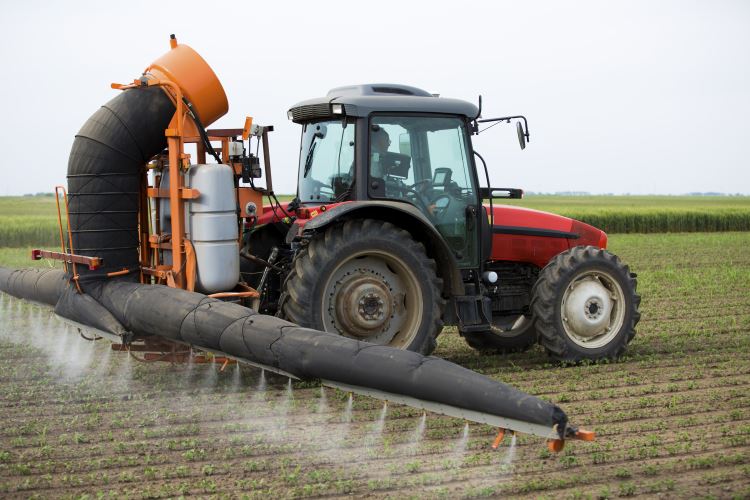
I’ll be the first to admit that I don’t know much at all about farming. Tractors and combine harvesters in my family are seen as a great ‘spotting item’ when out on a car journey as a way of keeping the kids occupied. But, I’ve spent a lot of time researching for this article and it turns out that agricultural farming is a pretty interesting topic and is far more state-of-the-art than I’d ever imagined. Delving into this subject shows just how much we take the food on our plate for granted.
The pressure on agricultural farmers today is immense. There’s an ever growing global population that needs feeding but less space available for farming. There are greater pressures from governments on farmers to incorporate environmentally sound practices, such as regulations on the use of fertilisers and pesticides, whilst at the same time maximising yields. There’s pressure from supermarkets and consumers for cheap prices. And finally, there’s Mother Nature who ever increasingly seems to throw a spanner in the works more often than she used to. With all of this it’s no wonder there has been such an influx into investment to try and assist farmers’ productivity and give them greater control of their environments.
Farmers have witnessed and have been crucial to the evolution, integration and success of precision agricultural practices. These are a complex combination of technologies that when combined helps farmers gain a highly detailed understanding of their land and allows them to adjust their planting and make informed decision on crop maintenance.
Modern day farm machinery is practically ‘space age’. They have steering wheels, pedals, levers; all the things you would expect (but you don’t necessarily need someone sitting in them – wow!). What they have in addition are a multitude of sensors that constantly monitor and collate data on factors such as moisture levels, soil composition, density and nutrient content and even crop health. All of this valuable information is then processed by mapping software to generate highly detailed prescription maps, which can either be done by the farmer or sent to specialist mapping companies who collate and process the data on their behalf. This allows a targeted, prescriptive approach to be applied to defined segments of land. It enables farmers to not only better plan what crops to plant and where, but also helps informed decisions to be made about when to harvest, when and where to fertilise and with what, which seeds to use and also to gain a greater understanding of the weather’s effect on crops.
Ok, so I’m very easily impressed by technology (mainly due to my avoidance of anything technology based) but the next step really amazes me. This data can then be programmed into the machinery’s computer which it then uses to automatically adjust its work according to the data. For example, it will use GPS to determine where it is in a field (within a couple of inches), access its data sources to check the soil composition and then automatically adjust the fertiliser or water distribution accordingly so that the correct dosage is given. The prescriptive approach makes for greater efficiency and economies of scale. Farmers need only use the exact amounts of water and fertiliser they need, instead of spraying the whole field, helps farmers to minimise the amount of chemicals that are introduced to the water table and saves on labour intensive jobs such as manually checking moisture levels across acres and acres of farmland.
Sensors
Sensors also play a vital role at planting time by allowing farmers to precisely space their plants/seeds and to plant them at the correct depth, no matter how bumpy the terrain. You can find sensors on pretty much every piece of equipment. The use of load cells within grain carts can provide farmers with accurate details of exactly how much grain has been applied to which segments of a field. This can then be correlated later in the year with the amount of harvest each segment has produced so the farmer can analyse which parts of the fields are producing higher yields.
This technology has also had another hugely significant impact that is helping to secure the future of crop farming. It is drawing back a tech-savvy youth who were previously deterred by the labour intensive farming practices of the past. They are attracted by the intelligence that the emerging technology brings with it and we are seeing a new breed of next-generation famers ready to take on their family business. These farmers will see exciting new developments in their practices brought by the sensors of the future that are already in development. Look out for my next blog article to find out more.

